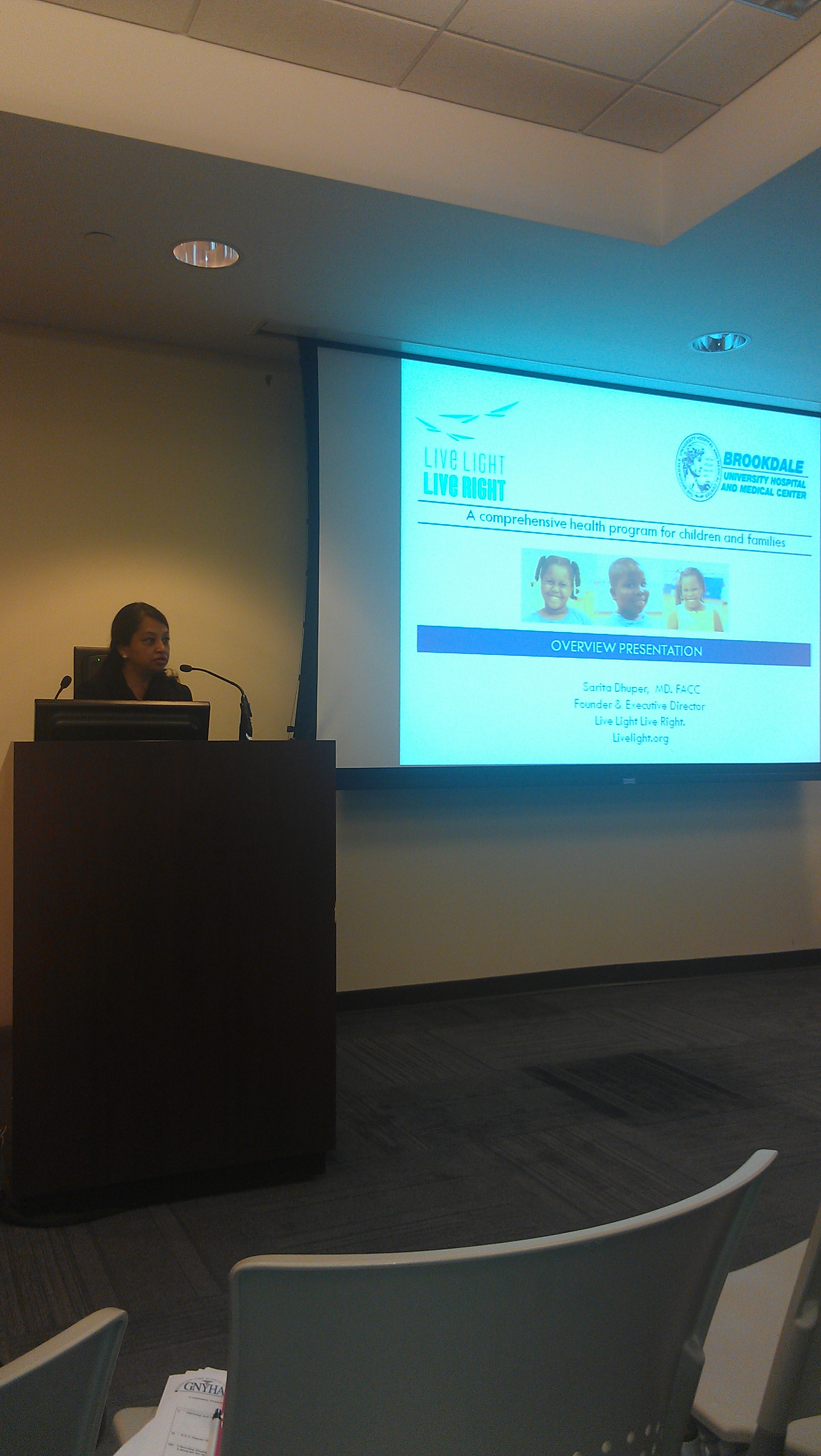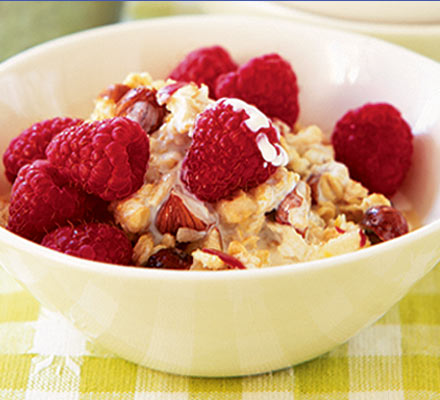On Oct. 22, the Greater New York Hospital Association held its first learning session. The association focused on best practices in hospital/community-oriented childhood and adolescent obesity prevention and reduction initiatives. Five hospitals that have implemented evidence-based initiatives shared their interventions, including their evaluation efforts. Continue reading →
Success Stories
Mark Bittman on How to Feed the World Well
Food writer Mark Bittman offers a nuanced and complicated analysis of the persistent problem of global hunger and obesity in the New York Times. He takes a long, hard look at industrial agriculture and argues that the current model doesn’t work. Instead, we should consider using more traditional farming methods, which might be a better way to get food to more people. Here are some interesting experts from what he wrote:
The current system is neither environmentally nor economically sustainable, dependent as it is on fossil fuels and routinely resulting in environmental damage. It’s geared to letting the half of the planet with money eat well while everyone else scrambles to eat as cheaply as possible.
While a billion people are hungry, about three billion people are not eating well, according to the United Nations Food and Agriculture Organization, if you count obese and overweight people alongside those with micronutrient deficiencies.
As Raj Patel, a fellow at the Institute for Food and Development Policy, puts it, “The playing field has been tilted against peasants for centuries, and they’ve still managed to feed more people than industrial agriculture. With the right kinds of agroecological training and the freedom to shape the food system on fair terms, it’s a safe bet that they’ll be able to feed themselves, and others as well.”
Yet obviously not all poor people feed themselves well, because they lack the essentials: land, water, energy and nutrients…. It’s a formula for making not only hunger but obesity: remove the ability to produce food, then remove the ability to pay for food, or replace it with only one choice: bad food.
Parents Are Key in the Fight Against Obesity
Parents play an important role in the fight against obesity. They shape their children’s behavior by direct influence, predisposing psychological variables or by controlling the child’s environment. In the fight against obesity, it is key that parents are involved.
Obesity rates have tripled in the past few decades and childhood obesity is global epidemic. In our practice, we see the effects the epidemic is having on children living in the city’s poorest neighborhoods like like Brownsville, East Flatbush and Bedford-Stuyvesant. Two out of every three children are overweight here, nearly three times the national average. The higher rates are caused by a combination of genetics and an environment where too many calories are consumed, children do not have enough opportunities to exercise and sedentary behavior is commonplace. Continue reading →
Participant Spotlight: Rushell Walker

Almost two years ago, a mother and daughter set out on a journey to better health and well-being. At the time, Rushell did not like herself very much. She couldn’t fit into the clothes she wanted to wear. She had a hard time playing and exercising, feeling out of breath when she moved around. Her weight made her feel distant from other kids who didn’t share the same, frustrating experience.
Rushell’s mother was also going through her own struggles with weight. After she gave birth to her son, she was unable to lose the weight. At over 300 pounds, she was was burdened by all the things that came along with being morbidly obese. She couldn’t walk down the street or up stairs without becoming out of breath.
So together, mother and daughter decided to make a change. Rushell was referred to Live Light Live Right. She started exercising with the program. At first, it was difficult to be in the program. She wasn’t used to moving around so much, nor to the feeling of exercising and having sore muscles. Then things started to change for Rushell. She started to feel energized, stronger, and the fatigue wasn’t as pronounced. She was able to wear some of the clothes that she had longed to wear. She lost 20 pounds. She started making friends. Pretty soon she was taking other exercise classes at the Y.
Rushell’s mother knew she needed to make changes in her own life as well. She decided that she would have bariatric surgery. Along with bariatric surgery, she incorporated daily exercise and eating healthy. It wasn’t an easy journey, but the journey was transformative. She lost 100 pounds, and her outlook on life has turned around completely.
Rushell’s mother wants to let all the families who are considering change to know that change isn’t easy, but the benefits are well worth the struggle. She encourages everyone to rejoice in the small changes, make changes as a family, and celebrate every step you take towards a healthy life.
Healthy Tip: Know Good Fats from the Bad
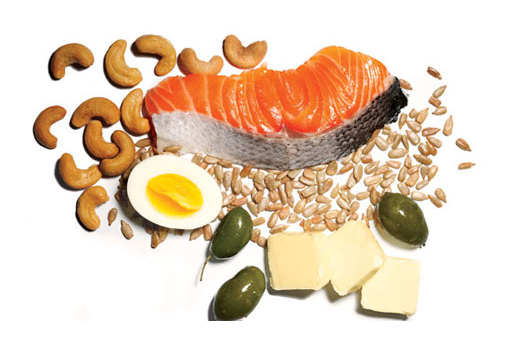
Did you know that there are different kinds of fat in foods?
There is “bad” fat, which are the ones called saturated or trans fats when you read a label. These aren’t good for your heart. Then there are “good” kinds, which are called unsaturated fats. You might see the words “monounsaturated” or “polyunsaturated” on food labels. These are good! They make you feel full and all of the cells in your body actually need them to survive. Next time you’re at the store, try some of them and see if you like them. Continue reading →
Tricks for Limiting Your Halloween Treats

It’s that time of year again where your favorite candies and cookies in orange and black wrappers are everywhere. Halloween candy is hard to resist because these seasonal treats hit the shelves just after Labor Day and stick around until long after October 31. Interested in managing your weight during the Halloween season? Here are some tips to help you succeed! Continue reading →
How we treat obese children
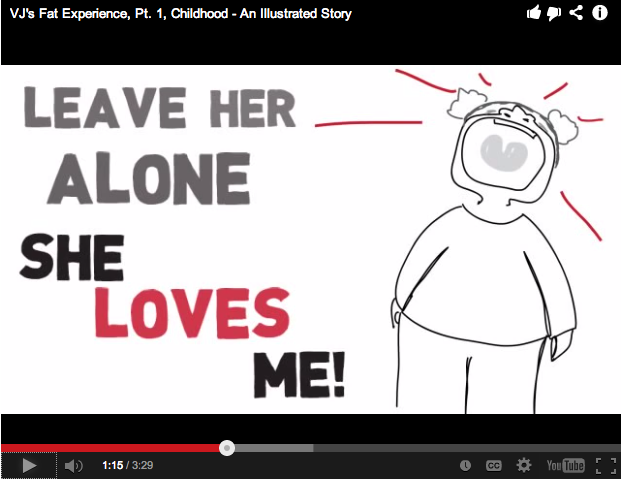
Everyday we see how obesity affects poor children in dramatic and difficult ways. One of the ways we’ve seen it hurt children is through words. The words that other people say, even those who mean to help, can hurt. Parents, teachers, doctors and other children can be cruel. Obese children suffer in their grades at school and have higher rates of depression, largely because of weight bias. Continue reading →
Backpack Giveaway for a great year at school

For many families living in New York City’s poorest neighborhoods, the cost of buying school supplies for the first day of school is staggering. The list that schools send home — pencils, binders, backpacks and glue — can quickly add up to a price tag well above what a family can afford. For obese kids who face weight bias in school, having the right supplies can make a huge difference in their academic success. Continue reading →
Healthy Tip of the Month: Slow Down When You Eat!
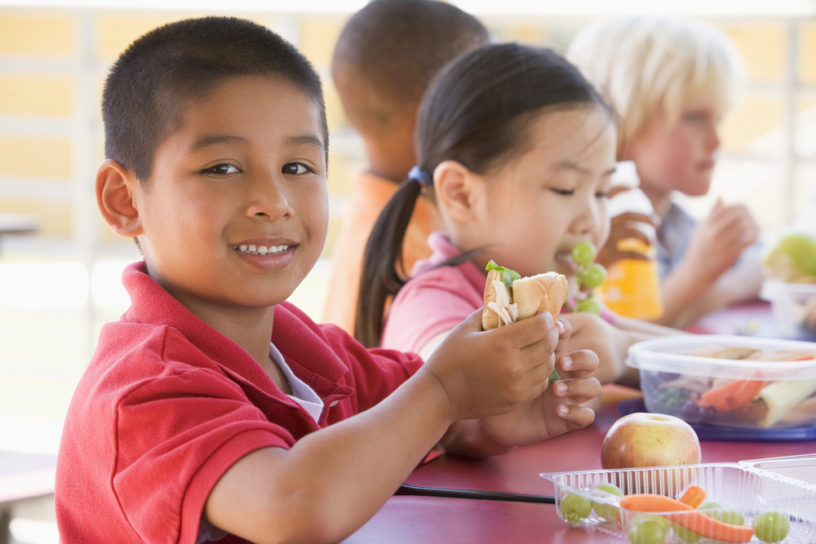
Next time you sit down to eat a meal, try this trick. Stop, take a deep breath and then pick up your fork. Before you take a bite of the food, look at your meal. Think about slowing down. Eating more slowly can help you control your weight. When you eat fast, your stomach has no time to tell your brain that it’s full! It takes 20 minutes for your brain to catch up to your stomach signals. But if you slow the process down, your body will realize that it’s had enough and you may find that you weren’t as hungry as you thought you were.
Spotlight on: Steven Nelson, the reluctant camper
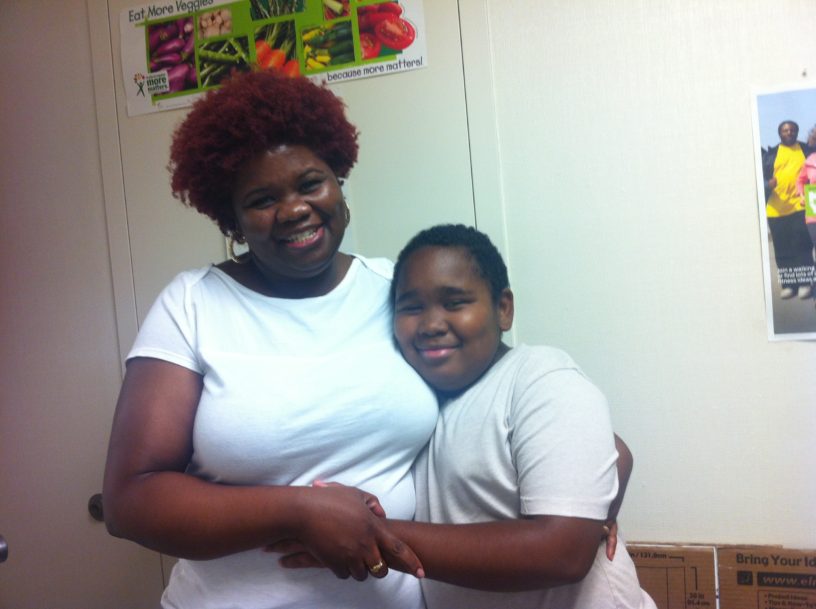
At first, Steven didn’t want to go to the Live Light Live Right summer camp program. He was very stubborn and combative about the idea, his mom said. Before camp, his mom had difficulty explaining to him benefits of eating fruit, drinking water, and moving more.
But all that changed once he started camp. He has been exercising and has changed his eating habits completely. He now eats fruit, smaller portion sizes and hardly eats any junk food at all. He says that Miss Ebony and Miss Kim were very encouraging. They told him “no junk” and encouraged him to snack on granola bars and water. His mom says he has never consumed as much water as he does now! Continue reading →
Fast, fresh and healthy brown bag lunches
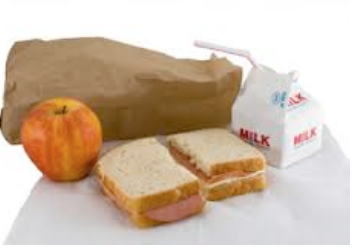
School lunch is an excellent time to refuel your child’s energy as well as help boost concentration and memory for the afternoon. The trick is providing a lunch that packs a nutritional punch and appeals to your child. Live Light Live Right nutritionist Judy Marshel shared her tips with us.
The ideal lunch contains 1/4 lean protein, 1/4 whole grain, 1/4 vegetable, 1/4 fruit and a serving of low-fat dairy. Continue reading →
Healthy Tip of the Month: Breakfast is your best friend
It’s true, breakfast is the most important meal of the day. In fact, eating breakfast instead of skipping it can actually help you lose weight. Why?
Well, when you sleep for a full night, your body hasn’t had any calories in 8 or 10 hours, so it’s like a car running on fumes. It needs fuel to get going. (That’s why it’s called breakfast as in, you are breaking a fast.)
If you eat when you wake up, it helps fire up your metablism, allowing your body to burn more energy. Eating breakfast helps you from getting too hungry and overeating later in the day.
If you’re not a breakfast fan, try some of these healthy breakfast ideas:
- Fresh fruit with low-fat or non-fat yogurt
- Unsweetened cereal or oatmeal with low fat or fat free milk
- Eggs
- Whole grain toast with peanut butter

